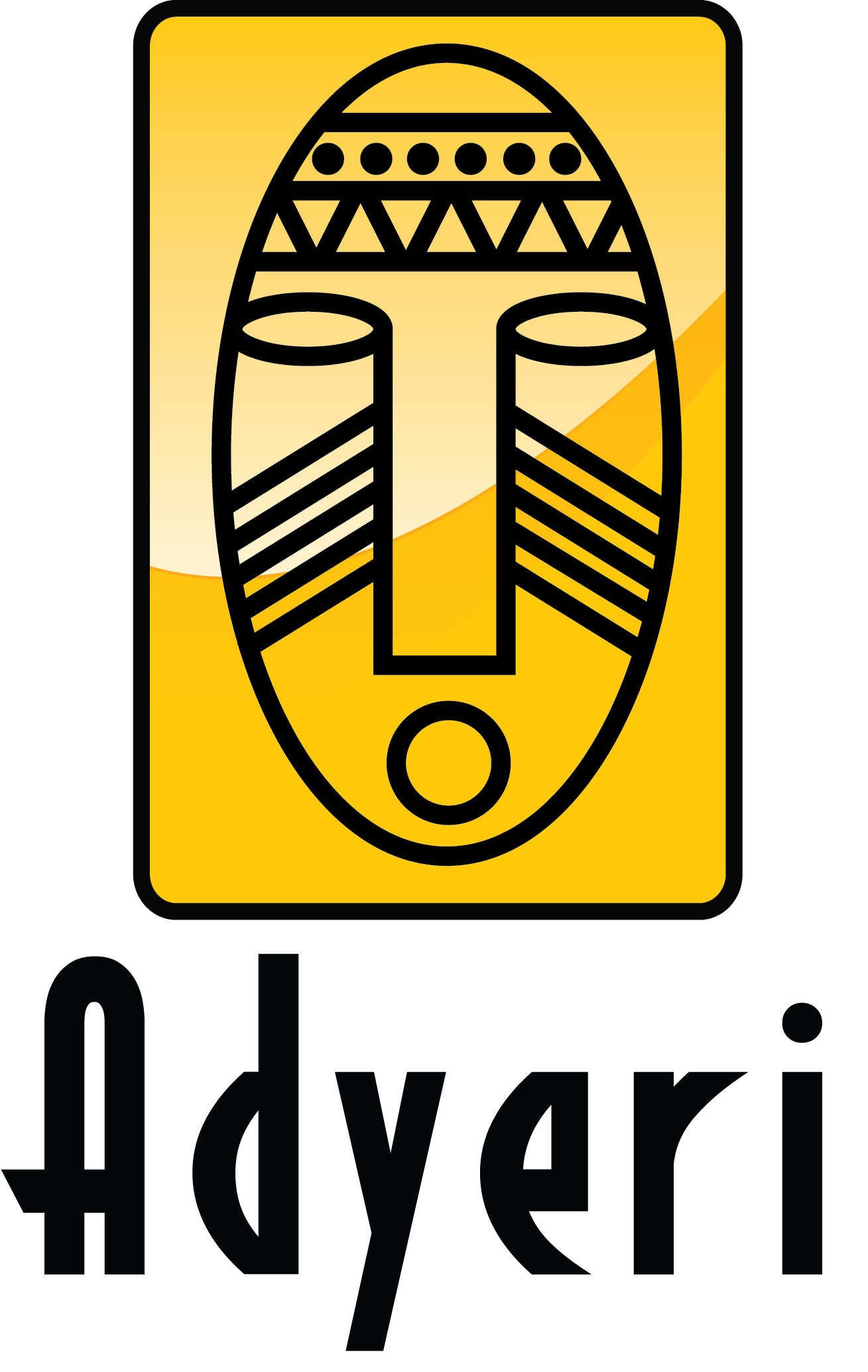Uganda Safari
Kidepo Valley National Park
About
The vast, semi arid plains of Uganda’s north east are home to one of the country’s real treasures: Kidepo National Park. Indeed part of the park’s appeal is its remoteness guaranteeing that the visitor won’t be fighting off mini buses in an attempt to see wildlife. Gazetted in 1962, Kidepo Valley National Park is truly one of Uganda’s most spectacular parks, offering some of the wildest and most magnificent scenery to be found in East Africa, relatively un-spoilt by development.
The Kidepo Basin lies in a mountainous country side at an altitude of between 900 and 1200 meters and in encircled by wooded hills. It is dominated by 2750 meter Mount Morongole on its eastern flank and by the forested Lotuke in Sudan with peaks rising to more than 2700 meters.
The park covering 1,442 sq.kms is in the far north eastern horn of the country and it borders South Sudan and near Kenya. This part of the country is generally referred to as Karamoja district where the famous Karimojong pastoralists graze their cattle across the plains.
Getting there
The ideal way to Apoka where the park headquarters and rest camp are located, is by air charter although the accessing the park by road is also possible though gruesome. Apoka is 504 kilometers from Kampala, 162 kilometers from Kitgum, and 255 kilometers from Moroto.
When to go
The best time to visit kidepo is during the dry season between December and early April. During the Kidepo rainy season from April to September travel is not easy and game is difficult to locate because of long grass.
Where to stay
The growth of the tourism sector in Uganda has led to the establishment of some luxurious and budget accommodation facilities in Kidepo Valley National Park. Facilities like Apoka Safari Lodge and Nga'Moru wilderness camp offer accommodation services within the park.
Sight Seeing
From Mbale head out of town on the Kumi road. You can take a couple of side trips along the this road to see the rock painting at Kakoro and Nyero . But to drive to Kidepo, turn right a few kilometers of town on the main gravel road heading north.
After the turnoff, you pass through the village of Sironko and soon afterwards the turnoff to Sipi. After about 50 kilometers you come to the village of Chepsikunya. Shortly after this the road passes through the lower part of the Pian-Upe Game Reserve one of the three large adjoining reserves in Uganda’s north east . The 2314 sq.km of rolling plains of black cotton soil run from the river in the south of Napak on the boundary of Bokora Game Reserve in the north. The area which includes Pian-Upe, Matheniko and Bokora reserves is known as the Bokora corridor.
From Chepsikunya village, its about 140 kilometers before the Moroto turn off which is 10 kilometers east of the Main road. There is an airstrip there as well as petrol, police, a hospital and the Mount Moroto hotel making it a good place to break your journey.
Back on the main road at the Moroto turn off head north once again. After about 30 kilometers you pass through Lokichar, and shortly thereafter the road travels directly across the corridor linking the Matheniko Game Reserve and the Bokora Game Reserve. The Matheniko to the right of the road covers about 1,605 sq.kms but there is not much game left. To the left of the road is the tip of the huge Bokora Game Reserve a large dry flat plain where several species of antelopes still roam.
From Lokichar its about 55 kilometers to the town of Kotido, where there is a police station, and another 41 kilometers before the main road takes a sharp bend to the west. Shortly after this bend you come to the village of Koputh where you turn right to continue north on the main gravel road. After about 24 kilometers you pass through the town of Kaabong and then 69 kilometers later you eventually reach your destination: Apoka.
The park consists of two shallow valley systems with rugged, dry, mountain terrain. The area’s remarkable variation in altitude has created a profusion of habits within the park including montane forests, grassy plains, open tree savannah, dry thorn bush, thick woodlands; borassus palm forest, and Koppies.
During the six dry months of the year in Kidepo, wildlife is attracted to water sources that remain in Narus Valley in the South West of the park. There is great diversity of Wildlife: 80 species more than in any other park in Uganda.
You can expect to see Zebra’s, large herds of elephants, elands, lesser kudu and buffaloes. Visitors can get a good look at this bountiful wildlife and bird life from several game viewing loops in the Narus Valley where most of the game is concentrated.
In addition the park nature exhibit at the Apoka headquarters is open to visitors and contains Specimens of Lions skins, giraffe skulls, butterflies, scorpions and photographs of the rare albino buffalo.
If you’re interested in a taste of the local life a visit to the local Manyattas (Karimojong homesteads) can be arranged for up close experience of see the traditional clothing, stools, spears, headdresses, bows, arrows, knives and jewellery.


